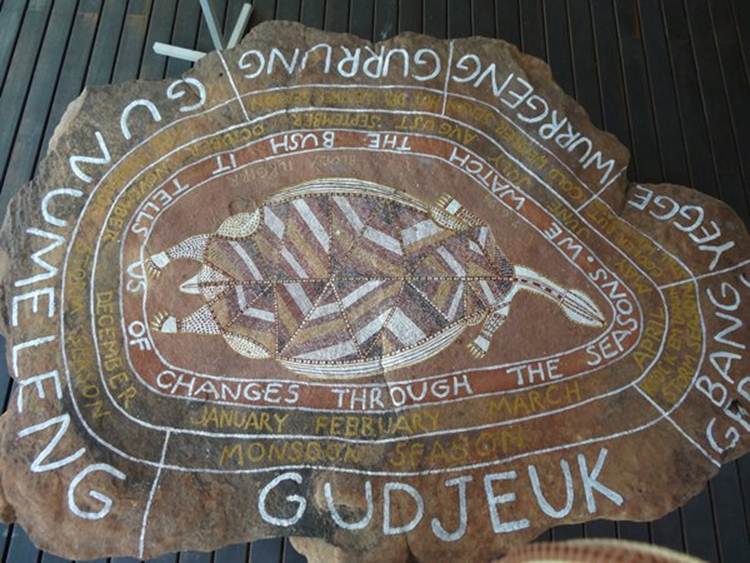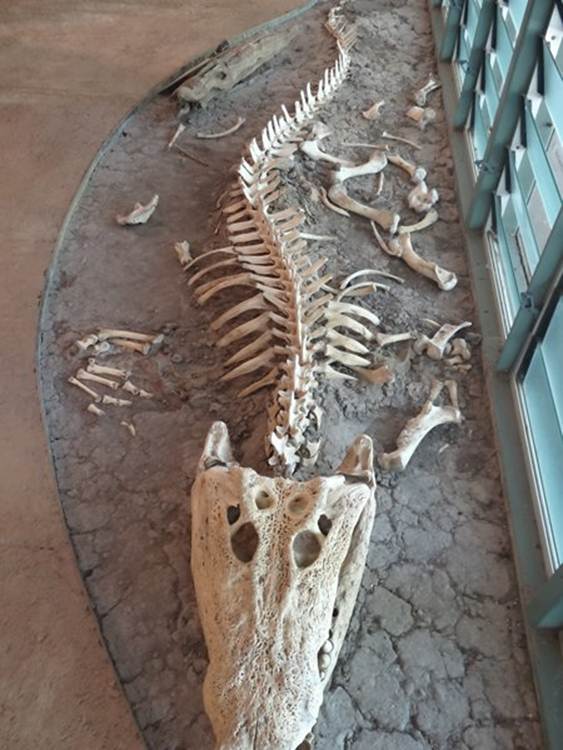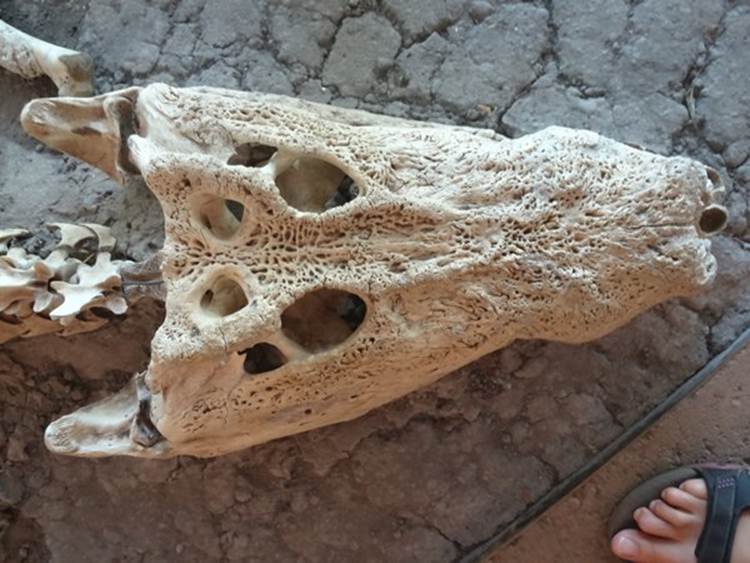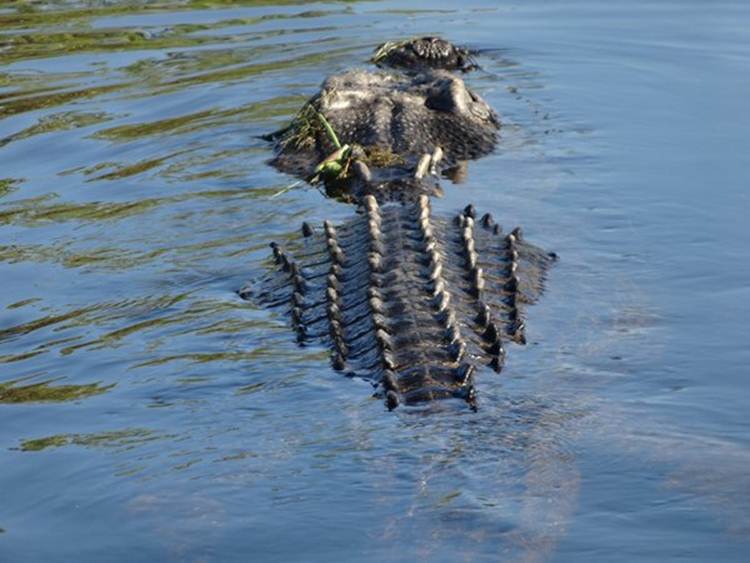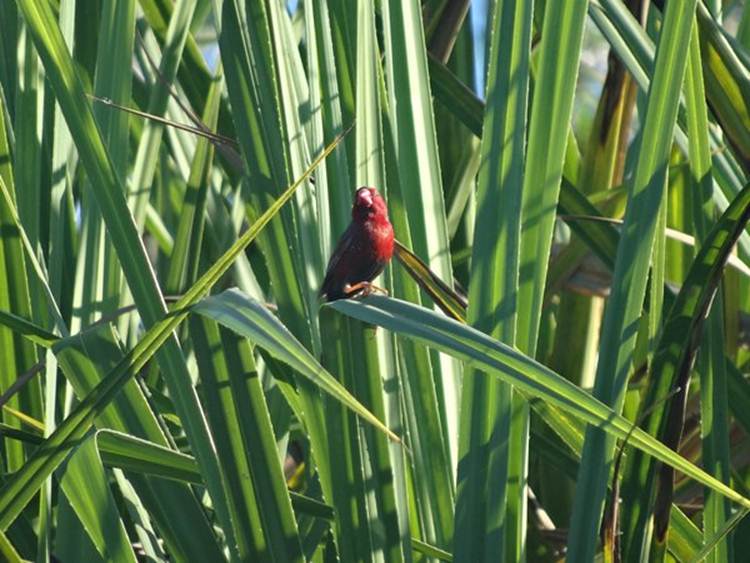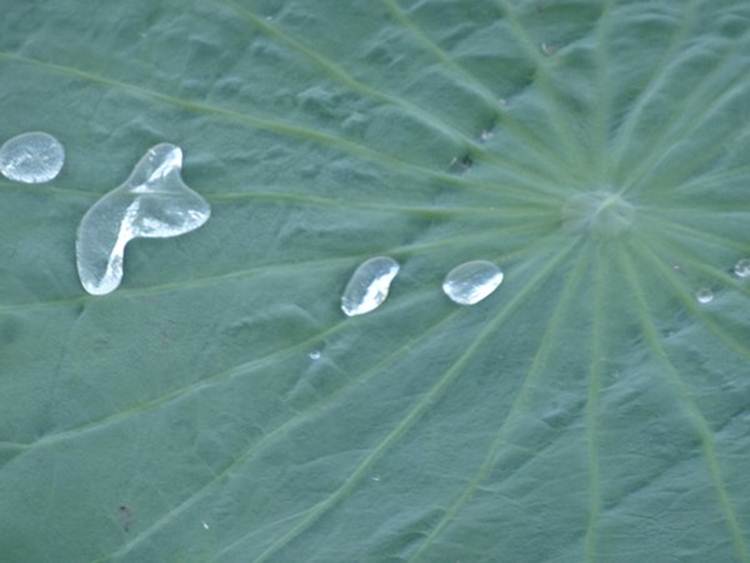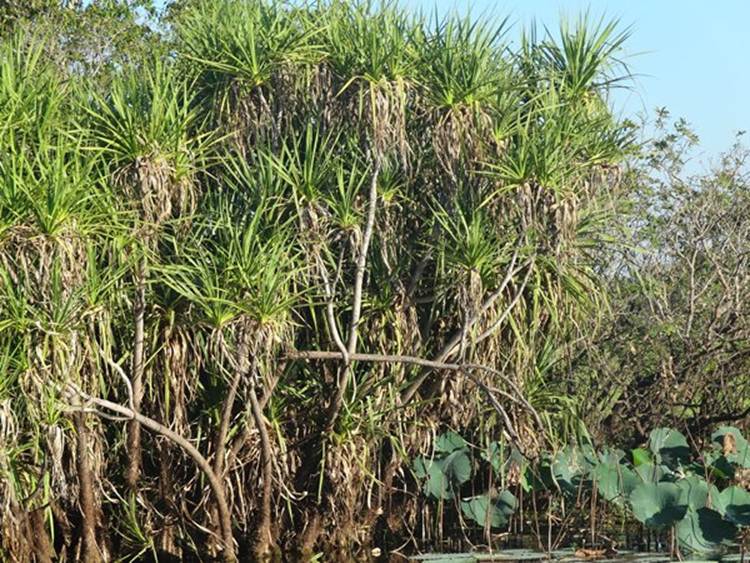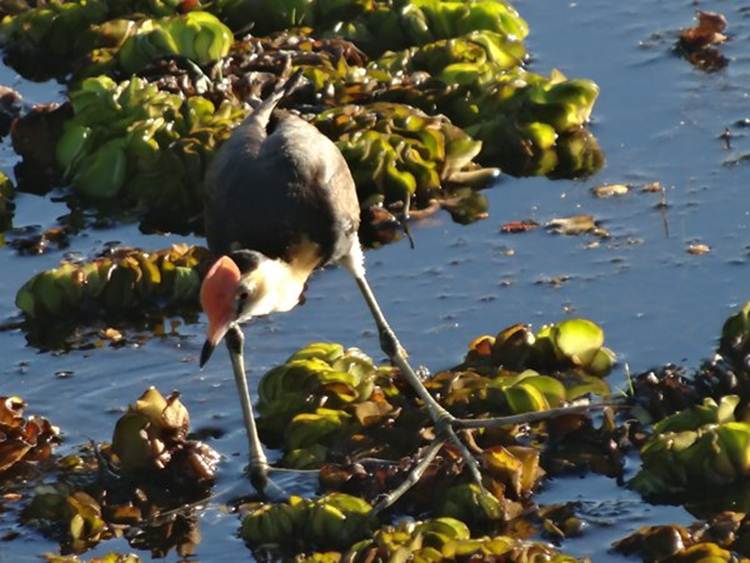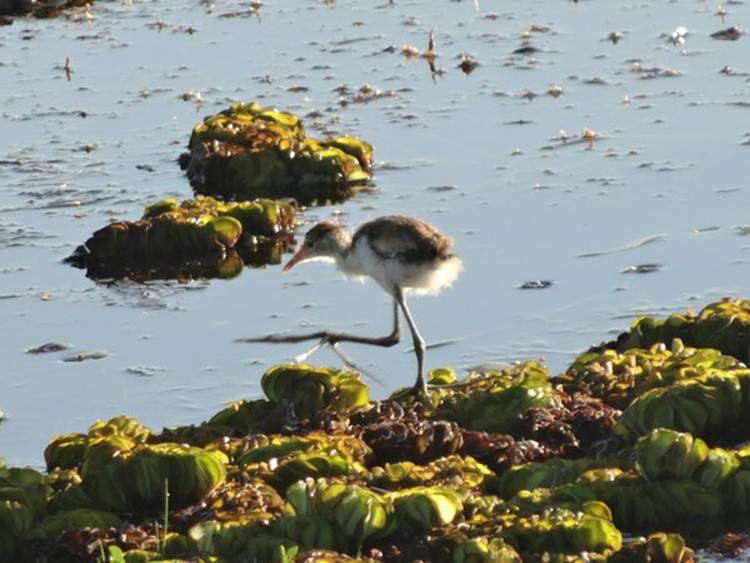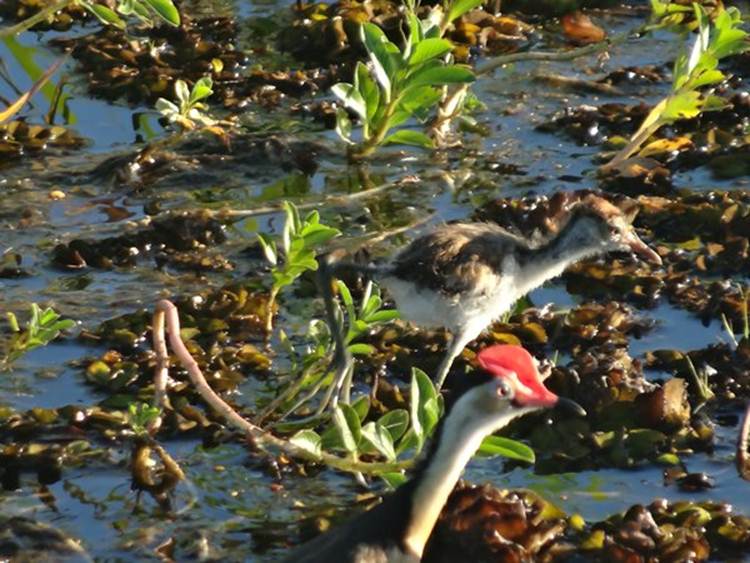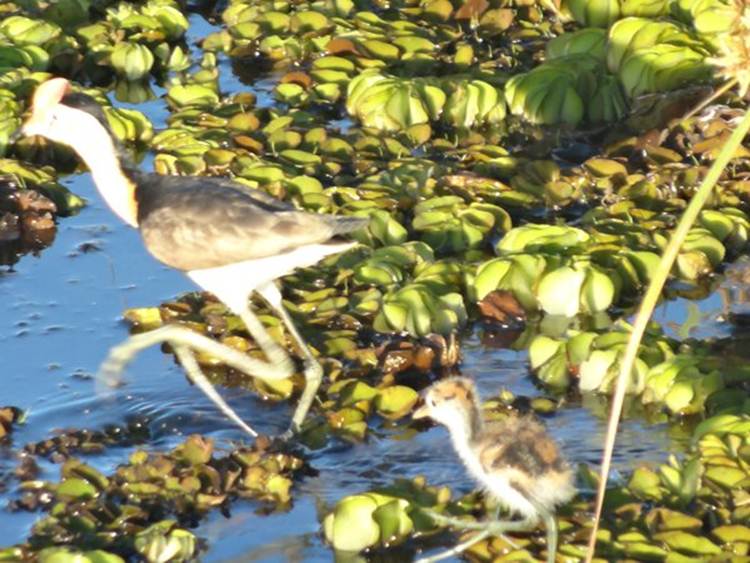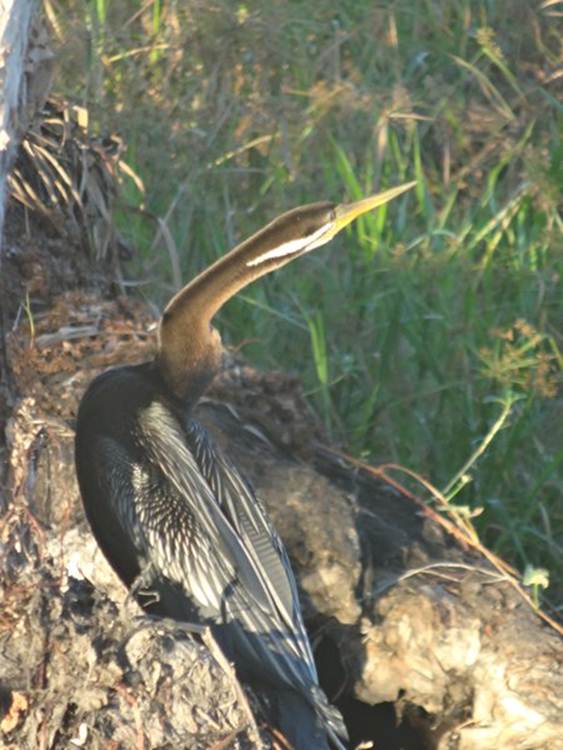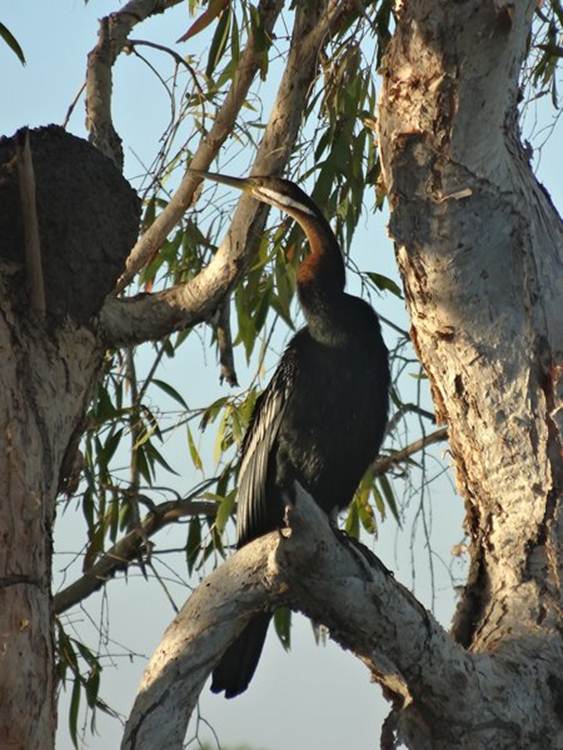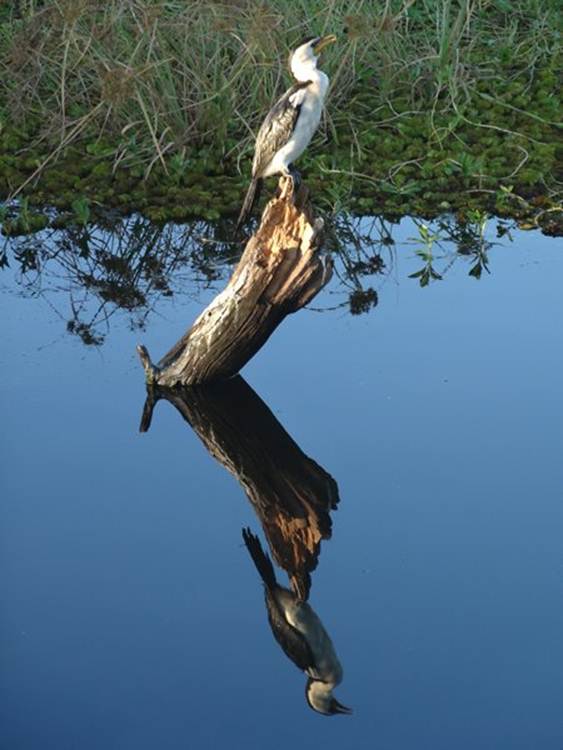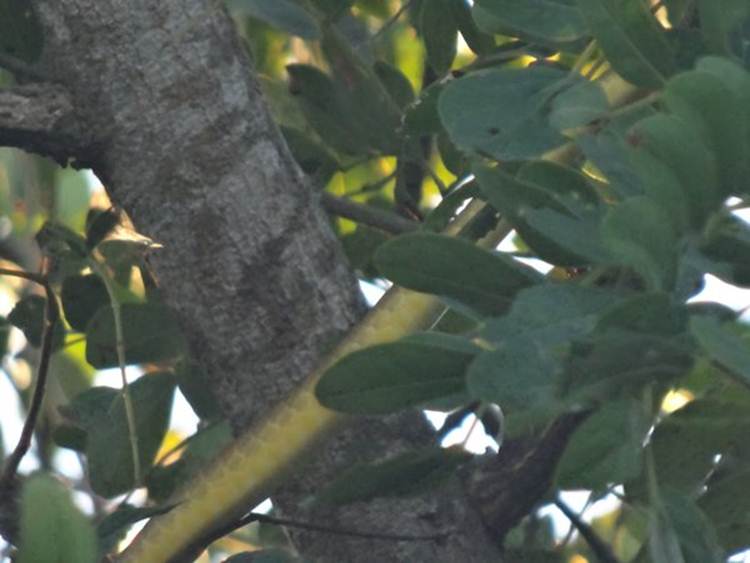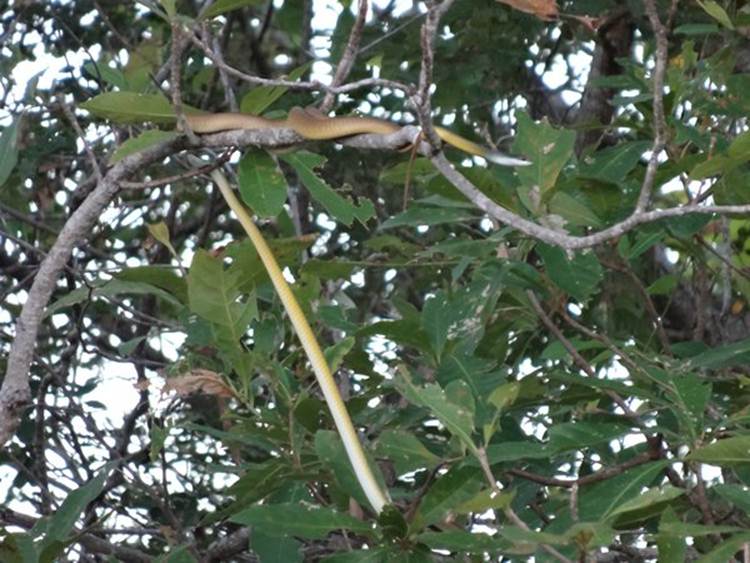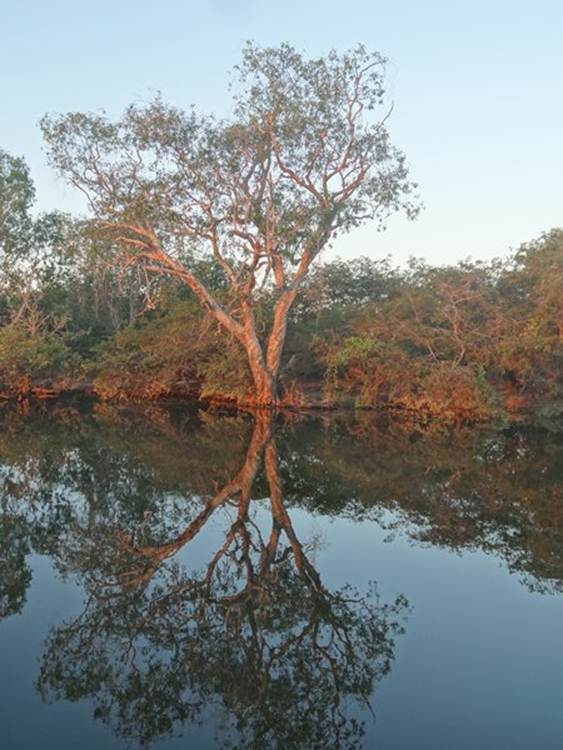Kakadu - Evening cruise

Went to the tourist centre near Jabiru for a talk on rangers and their work. Turns out there are only 12 full-time rangers. Several seasonal rangers who do the talks and organise demonstrations – part of widening participation. From what I’ve seen they need better training programme. We had talk here and at one of the art sites, bit of a drone. Wait to hear my comments on the basket weaving! The visitors centre had a nice section on flora and fauna. This painting depicting turtle and detailing the seasons was outside the museum.
The aborignal calender has six seasons. Gudjewg – monsson from December to March. Lots of heavy rain, flooding, and the heat and humdity generate an explosion of life. Spear grass grows over 2 m tall in the woodlands. Magpie geese nest in the sedgelands. Goose eggs supplement a diet of woodland plants. Banggerreng is April is harvest time. The floodwater recede, plants bear fruits and animals care for their young. Windy ‘knock em down’ storms interupt clear sunny days to flatten the spear grass. Yamitj, the green grasshopper calls to announce that yams are ready to eat. Yegge – May to June, is cooler but still dry. Waterlillies carpet shallow wetlands. The Darwin woollybutt tree flowers which tell the Bininj time to start burning the woodlands in patches to ‘clean country’ and encourage new growth for garzing animals. Wurrgeng – late June to August is the cool dry season – most of the creekd stop flowing and the floodplains dry out. Bininj feast on fat magpie geese and other waterbords that crowd the shrinking billabongs. Birds of prey patrol th firelines swooping on small animals trying to escape the fires (very true). Gurrung – August to October is the hot dry time. File snakes and long necked turtles are added to the menu. On the coast sea turtles lay their eggs. White breasted wood swaws arrive as thunderclouds build. Gunumeleng – October to December is the pre-monsoon season. Electric thunderstorms water the wetlands. Waterbirds spead out while baramundi move downstram to breed in river estuaries. Bininj move from the floodplains to the stone country for shelter. Iside the exhibition was this male crocodile skelton. Length 4.17m.
Close up of the scull – head length 460cm (plus 50cm of missing snout!).
In the late afternoon we went on the evening cruise, which started at 1630. We had Margaret again. Here’s a crocodile from behind, not till you look at one like this that you appreciate the girth of the monster. You can just about make it out in this photography.
The crimson finch (Neochmia phaeton). Bit far away to get any real detail.
You can see how you can use lily pads to transport water.
Nice shot of pandamus and lily leaves in the afternoon light.
A kingfisher. Light not so great this time of day.
The comb – crested Jacana (Meltopidius gallinacea) bird again. You can see its amazing feet in this shot. They have really long toes so that they can walk on lily pads. The claws are enormously elongated.
These were males and they had chicks with them. The male looks after the chicks as Mum goes off to lay more eggs.
Dad and chick doing a runner together.
This chick was smaller than the previous one. These birds are really small – 20-27cm so imagine the size of the chick.
Male darter (Anhinga melanogaster). You can really see distinguishing (male) white streak and white barred feathers.
Chestnut brown neck shows up well here.
The little pied cormorant (Phalacrocorax melanoleucos) chilling out.
Paul chilling out.
You can just make out a green tree snake.
Here one is wrapped around a branch and another is reaching up.
Lovely reflection in the setting sun.
|
